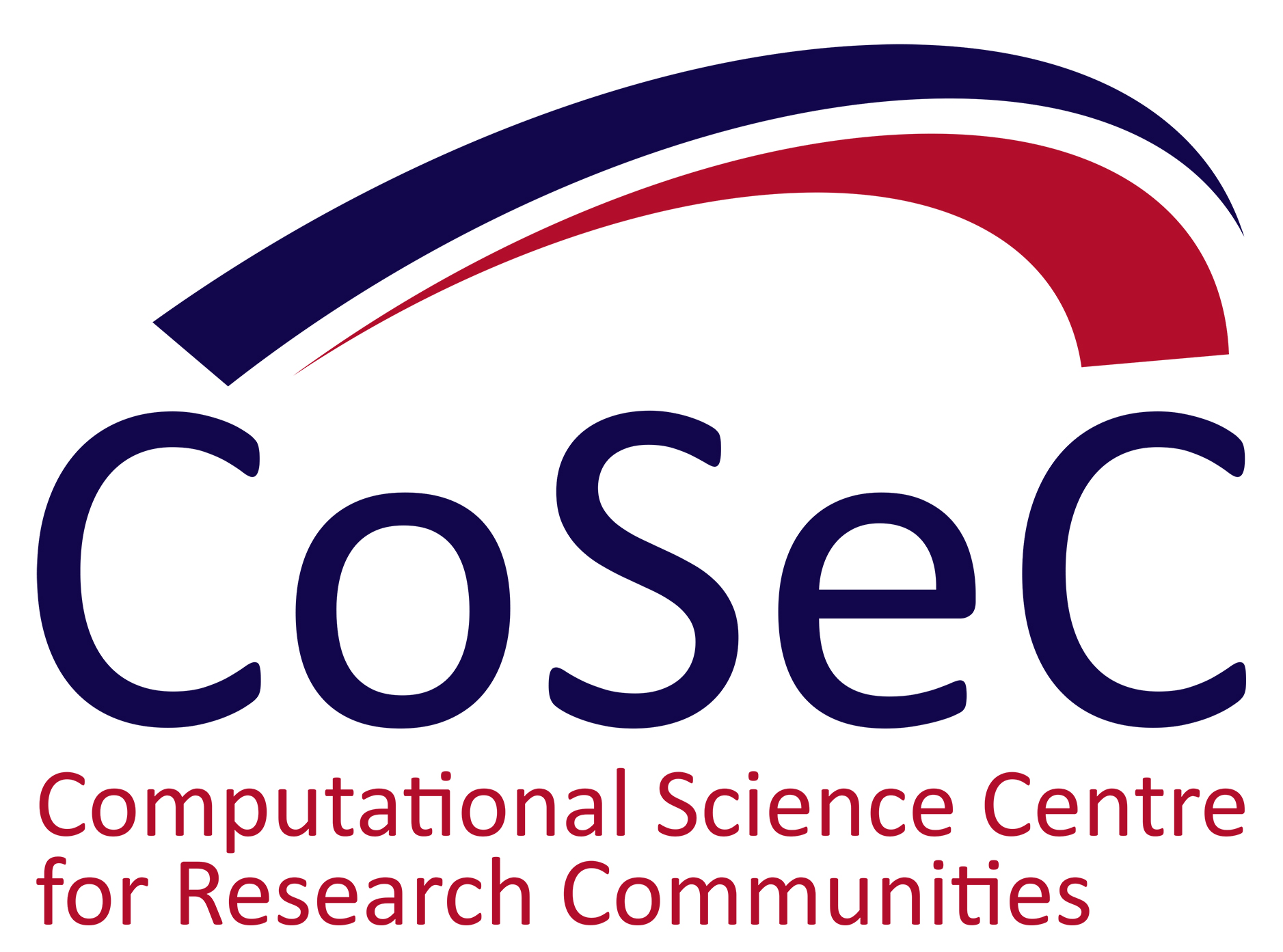 Band theory – the calculation of the energy bands of crystalline solids – has been a core activity of computational scientists at Daresbury ever since the Theory and Computational Science Division was founded in 1977 by Phil Burke and John Pendry. In those days there was a strong contingent from Bristol. Paul Durham came to work on the theory of photoemission and x-ray spectroscopies (important experimental techniques on the SRS), soon joined by Walter Temmerman who came to run CCP9 (the band theory collaborative project). A while later Dzidka Szotek also came from Bristol, along with post-docs Phil Sterne (from Cambridge) and Jerry Kaiser (from UEA).
Band theory – the calculation of the energy bands of crystalline solids – has been a core activity of computational scientists at Daresbury ever since the Theory and Computational Science Division was founded in 1977 by Phil Burke and John Pendry. In those days there was a strong contingent from Bristol. Paul Durham came to work on the theory of photoemission and x-ray spectroscopies (important experimental techniques on the SRS), soon joined by Walter Temmerman who came to run CCP9 (the band theory collaborative project). A while later Dzidka Szotek also came from Bristol, along with post-docs Phil Sterne (from Cambridge) and Jerry Kaiser (from UEA).
The Bristol connection gave an emphasis on multiple scattering theory and methods like KKR – we had all been students or co-workers of Balazs Gyorffy and Malcolm Stocks (now at Oak Ridge), two people who have remained our mentors, collaborators and friends. And, of course, John Pendry was also a multiple scattering pioneer from his LEED and EXAFS work (indeed, his original angle-resolved photoemission code could also be used to calculate bulk energy bands). Later, when we formed important collaborations with Ole Krogh Andersen and his group at the Max-Planck-Institute in Stuttgart, the Daresbury group became strong in LMTO methods. Through CCP9 and the European Psi-k Network, we were involved in a wider range of band theory methodologies.
As regards our own physics interests, we worked on disordered systems (alloys, mostly based on transition metals), on magnetism and high temperature superconductors, both in a normal state using density functional theory, and a superconducting state by solving Bogoliubov de Gennes equations with various phenomenological pairing interactions. When Martin Lüders (a PhD student of Hardy Gross in Würzburg) joined the group, he brought with him an expertise in density functional theory for superconductors, focusing on solving gap equation and weak coupling superconductors. One of the most important efforts of the group was on strongly correlated systems with electron states on the borderline between itinerant and localised behaviour, particularly the f-electron systems, the work that Leon Petit (earlier a post-doc with Axel Svane in Aarhus) joined when he came to work with Walter and Dzidka. Among our group members were Guang-Yu Guo and Arthur Ernst. We have been fortunate to have had many long-term collaborators, too numerous to mention but including Herman Winter (Karlsruhe) and Axel Svane.
So band theory has a long tradition at Daresbury. We thought it would be a good thing to document, in a relatively informal way, what we did, the people outside the Laboratory with whom we collaborated, things we are proud of, maybe even things that didn’t go so well, and so on. Hence this blog series: part archives, part memoires, part speculations and opinions. We also thought we might want to write up bits of physics that we found interesting but never quite found a home in the standard research literature. This is our “hutsepot1” of band theory at Daresbury.
1 The Flemish word for stew
